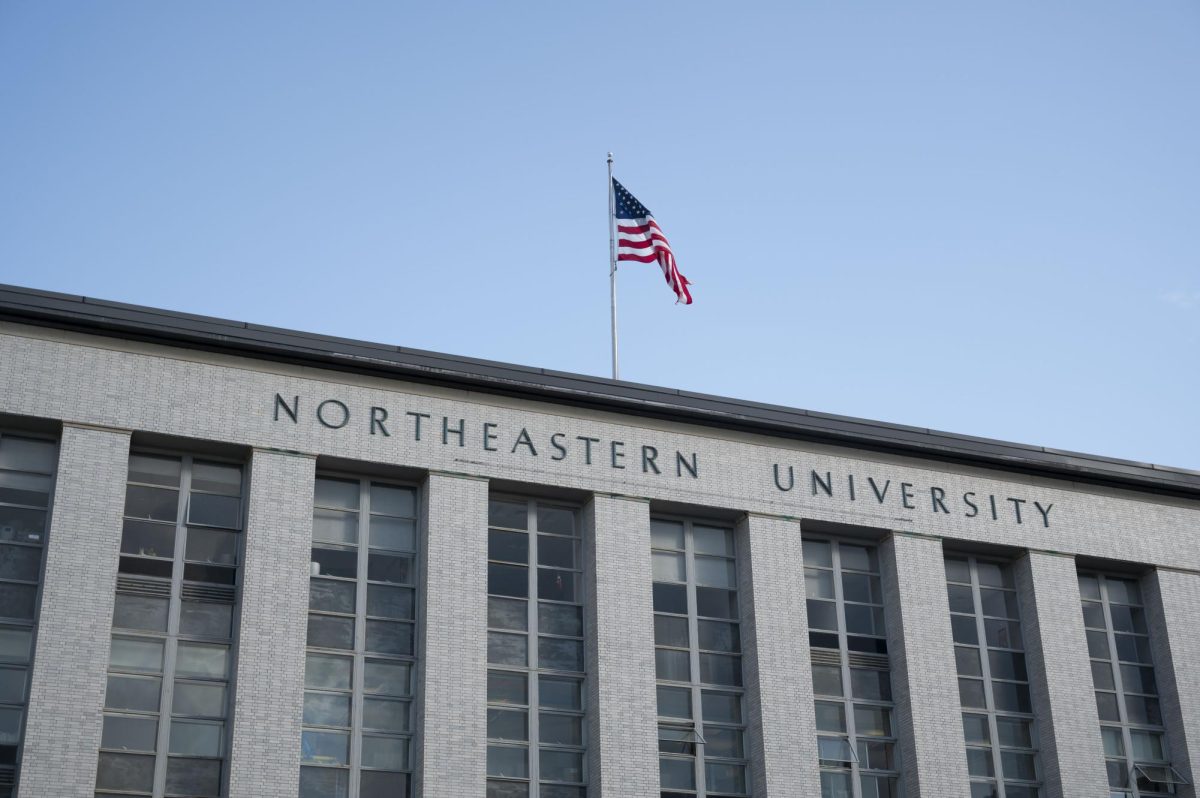The School of Architecture is building its profile.
It was recently ranked America’s number 12 “Best Architecture School in Research” by the Key Centre for Architectural Sociology. On June 8, it released the ranking determining which architecture schools produce the most research per full-time faculty member. “That the faculty has been extremely active in research is very encouraging to me. I’ve known that, but to see it ranked so highly against other architecture school faculty is impressive,” said George Thrush, director of the School of Architecture.
The Key Centre calculated the productivity of architecture schools based on the amount of published research and how frequently that research is cited by other sources.
Northeastern was ranked alongside Yale University, the Massachusetts Institute of Technology, Harvard University and other colleges across the country. The Key Centre also ranked architecture schools in the United Kingdom, Canada, Australia, South Africa, New Zealand, Hong Kong, Singapore and Eire. Several schools, such as Roger Williams University and the Parsons School of Design, were not ranked because the Key Centre could not identify a list of eligible academics. The Key Centre, located in Australia, is run by Dr. Garry Stevens and researches architects, society, architectural history, education and architecture schools, according to its website.
This is the second time the architecture program has been included in the Key Centre’s rankings. In 2005, it was ranked number 22. Thrush called this change a “big jump.”
“I think the faculty continues to be highly productive and more productive than it was before frankly,” he said.
Assistant professor Tim Love said that this productivity differentiates Northeastern’s professors from those at other schools.
“In many schools even the very good designers just design hypothetical projects but don’t engage in the intellect discourse through writing,” he said. The School of Architecture, which was established last year, was started by Thrush as part of the visual arts department in 1991. Since then, it has grown to a fully accredited program, which allows architecture students to follow a five-year plan followed by a one-year graduate program to get their Master’s degree. Thrush said the school’s 7-member faculty have a clear focus and often focus on the same topic – urban and post-industrial city architecture. “I think one of the secrets to success is that all of the faculty are very active,” Thrush said. “We don’t have any who aren’t doing research, which is different from more mature programs or schools. Ours is still dynamic and very much growing, so everyone’s very plugged into it.” Professor Elizabeth Cromley is one of two historians at the School of Architecture. Her work has included research on vernacular architecture, or “how things turned out” according to Thrush.
Cromley said that the new ranking was encouraging and would help raise the school’s profile.
“It encouraged us a great deal to think we’re on the right track and that our research matters,” she said. “And it certainly is pleasing to the provost, part of whose job it is to raise the ranking of Northeastern









